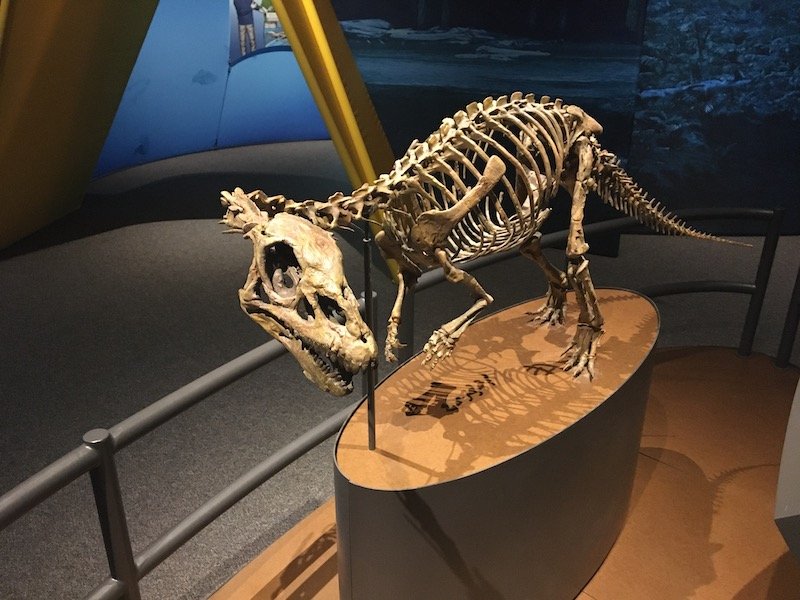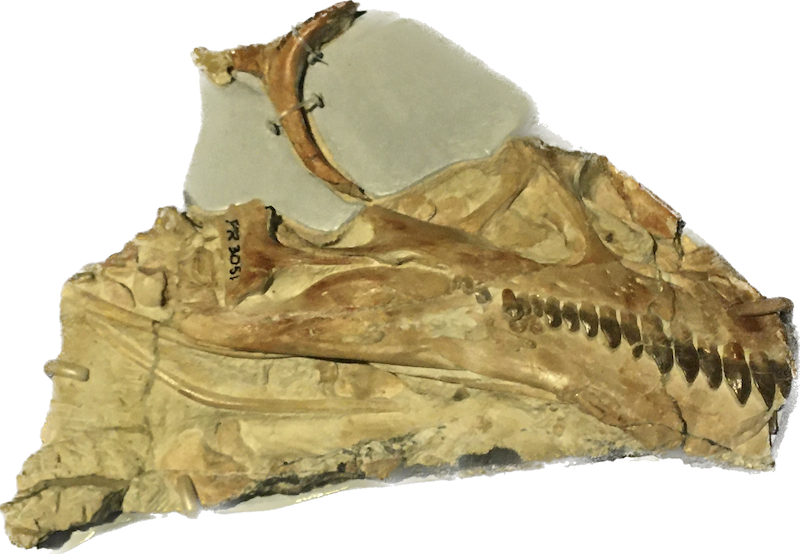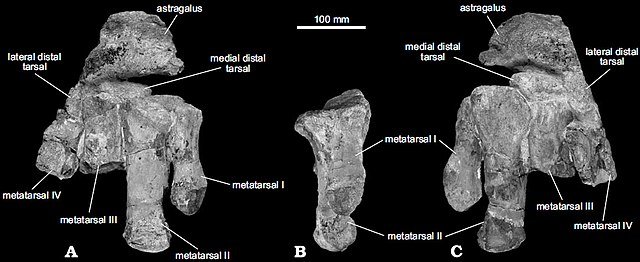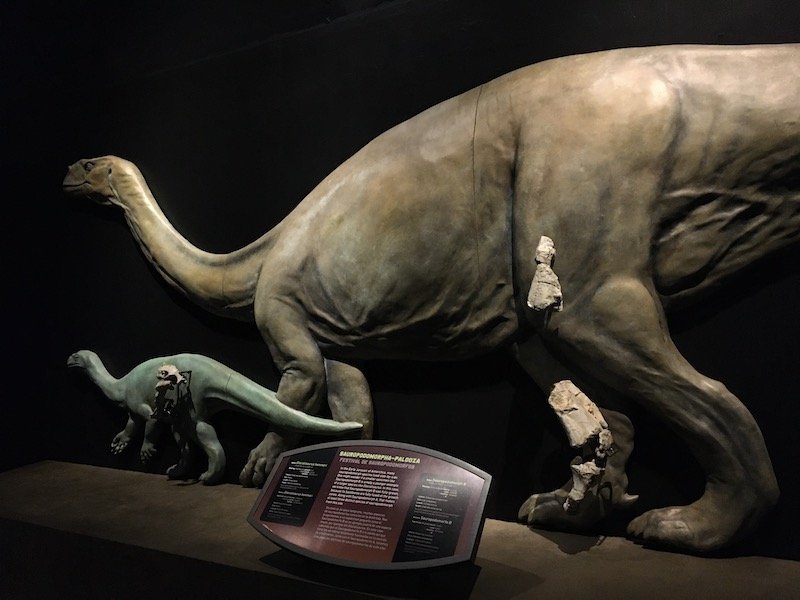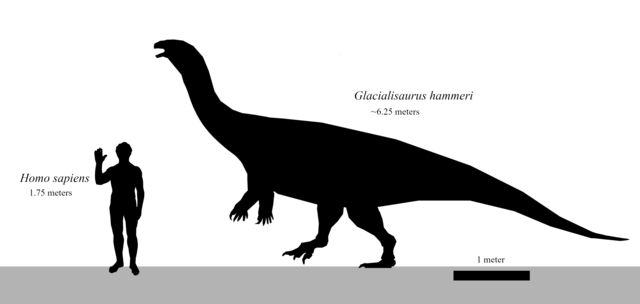Dinosaurs of Antarctica: Part 3
Welcome back, Dinosaur Explorers, to the final entry in our three-part series on Antarctic dinosaurs. Are you ready to wrap up our time at the bottom of the earth?
This month we’ll look at some very peculiar and little-known dinosaurs, the prosauropods. So, what are prosauropods? Well, let’s break that word down. In this case, pro means “before” or “in front of.” Sauropod, which translates to “lizard foot,” is a broad group of saurischian dinosaurs characterized by four pillar-like legs, long tails, and long necks with relatively small heads, like Brachiosaurus, Nigersaurus, and Diplodocus. Therefore “prosauropod” means “before sauropod” or literally “before lizard foot.” They are so named because many evolutionists believe that the prosauropods came before the sauropods in earth’s history, meaning they evolved first. However, this is truly a misleading name for these dinosaurs because they, like all land animals, were created by God according to their kind on the sixth day of the Creation week. That means God created the prosauropods and the sauropods on the same day. Neither group came before or evolved into the other. It is also important to remember that the scientific names given to living things are man-made, and because we are fallible and sinful beings, the meanings are not always accurate.
There have been three sauropodomorphs (a term used when referring to both sauropods and prosauropods, which belong to the sub-order Sauropodomorpha) found in Antarctica. All of these were discovered on the slopes of Mt. Kirkpatrick, just like Cryolophosaurus. The smaller two have not yet been given official scientific names, so they are simply referred to as “Sauropodomorph A” and “Sauropodomorph B.” However, due to the extremely fragmentary remains of Sauropodomorph B, it is possible that it is simply an adult individual of Sauropodomorph A.
The main prosauropod we will look at is Glacialisaurus (Glay-she-Al-ih-soar-us), which means “icy” or “frozen lizard.” This dinosaur was discovered back on the same 1990-1991 expedition that produced the first material from Cryolophosaurus. In fact, the material from Glacialisaurus was found just a few feet away from the smaller theropod. Only a small fraction of the animal’s skeleton was recovered: a partial femur as well as part of the right ankle and upper foot.
Based on these small bones, Glacialisaurus appears to have been very similar to the Chinese prosauropod Lufengosaurus (Lew-fung-Oh-soar-us). Therefore, the size of Glacialisaurus can be estimated based on the proportions found in Lufengosaurus. It is estimated to have been approximately 20 feet long, and based on other prosauropods, I estimate it to be anywhere from 7-10 feet tall. This dinosaur was given its official scientific name in 2007, Glacialisaurus hammeri, in honor of paleontologist William R. Hammer, who took part in eight different expeditions to Antarctica!
I hope you’ve enjoyed our time in Antarctica! Be sure to come back next month for another Adventure in the World of Dinosaurs!
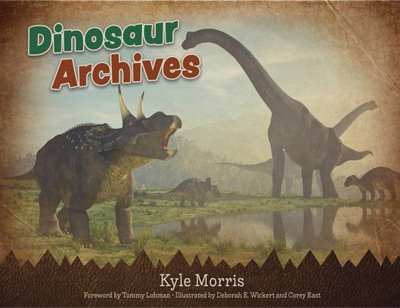
If you want to dive deeper into the world of dinosaurs, ask your parents to help you check out my new book, Dinosaur Archives,3 in the Answers in Genesis online store!
Footnotes
- Nathan D. Smith and Diego Pol, CC BY 2.0, via Wikimedia Commons. https://commons.wikimedia.org/wiki/File:Glacialisaurus.jpg.
- Skye McDavid, CC BY-SA 4.0, via Wikimedia Commons. https://commons.wikimedia.org/wiki/File:Glacialisaurus_size.png.
- Kyle Morris, Dinosaur Archives (Maitland: Xulon Press, 2022). https://answersingenesis.org/store/product/dinosaur-archives/.
- © 2024 Answers in Genesis
- Privacy Policy
- Contact
- About

